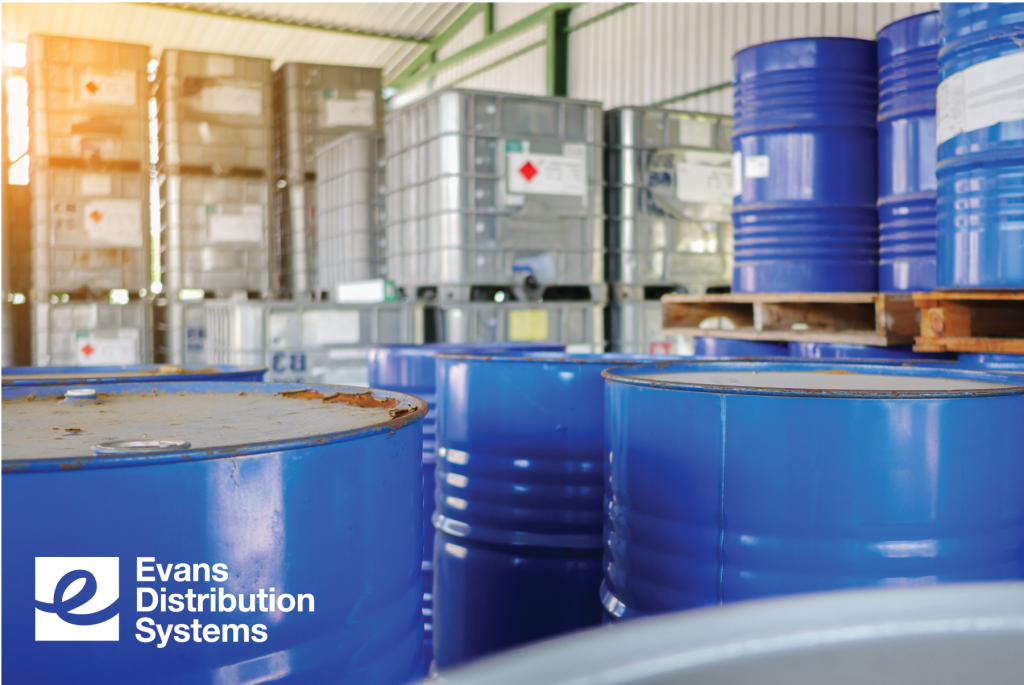Hazardous materials require additional security and safety measures while being stored or transported. Handlers must have a security plan and follow guidelines outlined on the hazmat table and emergency response guides. Going beyond safety considerations, criminals may want to compromise hazmat to weaponize or steal valuable materials.
According to the U.S. Department of Transportation Pipeline & Hazardous Materials Safety Administration, there are three key elements to security:
- Personnel Security
- Unauthorized Security
- En route Security

Personnel Security & Planning
Anyone with access to hazardous materials, such as employees, poses a risk to security. During the hiring process, employers should perform a thorough background check and verify the applicant’s information. Employees are required to attend proper safety training as well as regular security and safety meetings to improve awareness. Employees should be encouraged to report suspicious activity and conduct routine inspections of materials on hand.
A security plan must be in place and reviewed annually. The plan should include specific responsibilities and risk assessments. A security assessment is a thorough list of hazardous materials and their potential to be used nefariously. Outline the current material handling and transportation requirements to identify areas of improvement and reduce risks. This plan must be accessible to those responsible for implementing the plan and on a need-to-know basis at lower levels to maintain privacy.
Preventing Unauthorized Access
Hazmat facilities require enhanced security to prevent unauthorized access. This includes 24-hour guards, fencing, an alarm system, and indoor/outdoor surveillance. The facility should be inspected by the local fire or law enforcement personnel on an annual basis.
The best form of protection is to keep information related to the type of hazardous materials and facility details private. Conduct regular facility inspections to ensure all access points are securely locked. Restrict access to a single, well-lit entry point that is video monitored.
Additionally, managers should keep a rigorous inventory management system to identify missing materials. Keep detailed records of security incidents and report incidents as they are identified to the authorities. Review not only the quantities but shipment dates, SKU data, and safety data sheets.
Security in Transit
Transportation security impacts several parties depending on the mode and route. Shippers and carriers are responsible for the secure transportation of hazmat. Identify carrier safety ratings and current security measures. Verify the carrier identity before loading materials and review the documentation associated with the load including destination and consignee information.
Full inspections of the containers and trucks should be conducted before departure. Hazardous materials pose a heightened risk of damage while in transit due to the potential harm from spillage. Ensure the materials are properly secured to prevent damage to the packaging, either from the loading/unloading process or shifts on the road. Route optimization should focus on shipping materials to their destination quickly, safely, and with minimal exposure to populated areas.
If cargo needs to be stored while being transported, store hazardous materials in a secure facility. Drivers should be trained on reducing theft and keeping cargo secured. Trucks should be equipped with tracking technology and anti-theft systems. Shippers and carriers should maintain regular communication throughout the journey to report threats or delays.
Stay in the Know
The storage and transportation of hazardous materials is a serious responsibility for all involved. Shippers, carriers, and material handlers need to stay up to date with the latest safety and security guidance, with annual safety training courses and online resources from government agencies such as the U.S. Department of Transportation Pipeline & Hazardous Materials Safety Administration.
Working with a hazmat-compliant 3PL like Evans Distribution Systems reduces your risk of exposure through our established hazmat operation and security plans. Connect with a hazmat expert today or call us 1-800-OK-EVANS.
